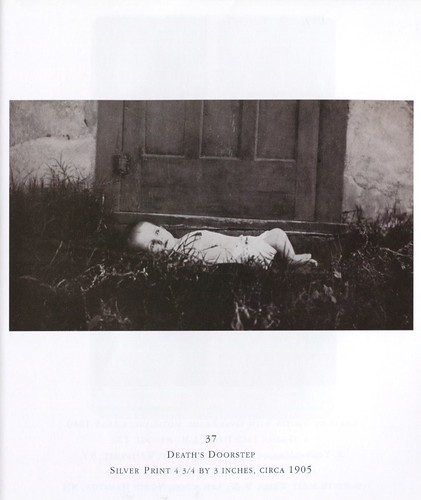Book: The Cult Files: True Stories from the Extreme Edges of Religious Belief
Author: Chris Mikul
Type of Book: Non-fiction, cults, religion, true crime
Why Do I Consider This Book Odd: This is very subjective, but as an atheist I find all religious beliefs a bit odd. Extreme cults are therefore all the more odd.
Availability: I read the Metro Books edition, but this book has been released by Amazon for Kindle, and that edition is a better bet:
Comments: This book was in my to-be-discussed pile back in 2011 (yeah, I am still catching up) when Chris Mikul sent me copies of his excellent ‘zine, Biblio Curiosa. We began a friendly correspondence and he gave me some interesting information about this book. Evidently his publisher was concerned that some of the content in the book could lead to a lawsuit and demanded the book be radically edited. Mikul sent me the excised chapters but I am limiting myself to the content in the actual book because it seems unfair to discuss material that my readers won’t be able to read for themselves.
But even though he had to cut out some pretty interesting discussions, The Cult Files remains a very absorbing book. Though I am reasonably well-read on the subject of cults, I found information new to me in this cult anthology. There are some of the usual suspects, like the Branch Davidians and Jonestown, but every other chapter had something completely new to me. That Mikul discussed one of my “favorite” cults, the Ant Hill Kids, led by the repellent and vile Roch Thériault, just sealed the deal for me. Thériault didn’t get much play in the USA and is one of the most fascinating cult leaders, far more interesting than Charles Manson and, in my opinion, at least as toxic as David Koresh. So that was definitely a point in Mikul’s favor.
To prevent this from becoming an extremely long discussion, I’ll just discuss the chapters in this book I found the most interesting or that were new to me when I read the book.
Before I begin, I need to state that not all of the cults discussed in this book fit my criteria of what makes a cult, but it must also be said that I use a pretty strict measure that requires a single charismatic leader, alienation from family and friends, no financial control for followers, increasingly strict punishments for continually changing “sin” metrics, different rules for those in favor with the leader, an inability for followers to question anything, an inability to leave with impunity and more. Mikul doesn’t define his metric with such exacting specificity, though he does give an idea of what a cult may be and how what defines a toxic cult can vary from person to person and from sect to sect. However, his metric comes pretty close to that espoused by Robert Lifton, who stated three different categories to consider when discussing cults: a charismatic leader who positions himself or herself to become the focus of worship, employing brainwashing or thought control methods, and exploitation of the rank and file cult members by the upper echelons of the cult. Even if the cults Mikul discusses in this book may not meet my stringent standards, they meet Lifton’s, who is far more of an expert.
The book begins by discussing the Thuggee in India, a group of traveling confidence killers who preyed on other travelers. They became associated with the garrote, their most common method of killing. I knew a bit about the Thuggee just from osmosis because of my varied reading habits, but I had not known they were dedicated to the Hindu goddess, Kali, the goddess of death and destruction (among other things). The Thuggee were more or less suppressed and destroyed by the British Raj. Before reading this I had considered the Thuggee to be murderous equivalents of the Irish Travelers, con men and women who just upped the ante in scams via murder. I suspect part of it is because I always think of cults in terms of charismatic leaders, and the Thuggee were not organized in this manner, or at least they weren’t when they were in their heyday. But there are typical cult elements that one commonly sees in cults that allow the Thuggee to qualify as a cult, like an us-versus-them mentality, justifying all behaviors, even that which is illegal, as ordained by elevated or outsider status. I think it was an interesting choice to include the Thuggee in this book.
